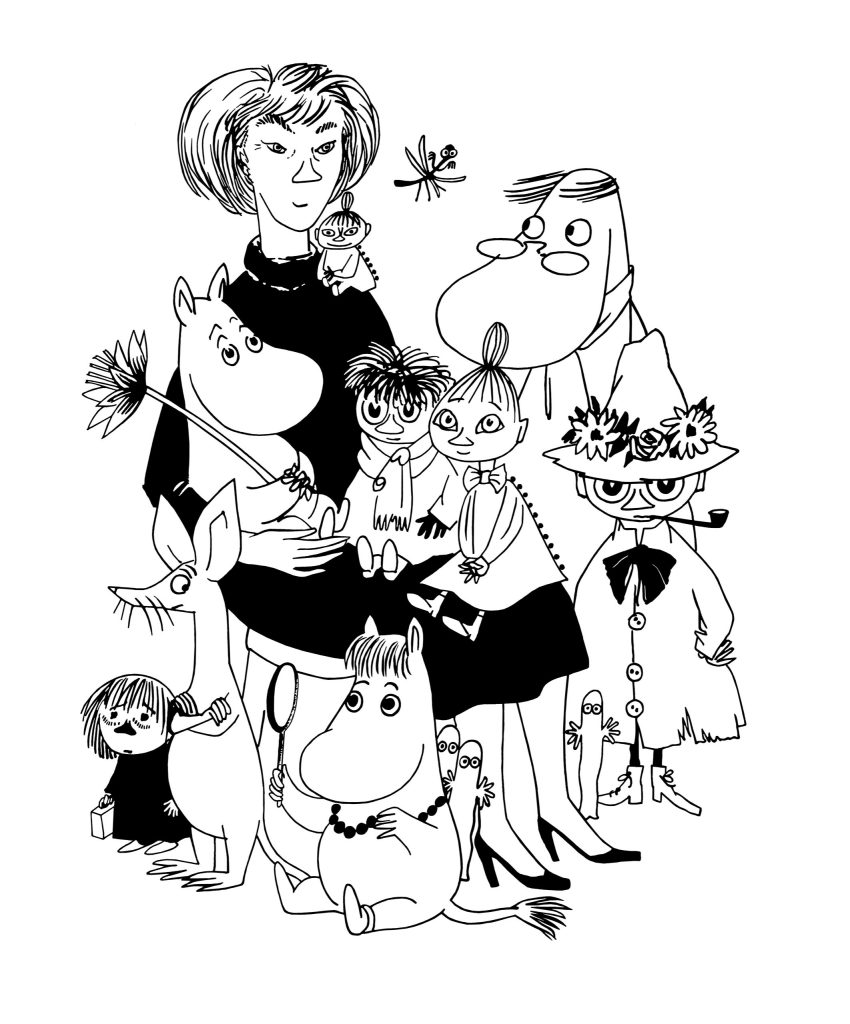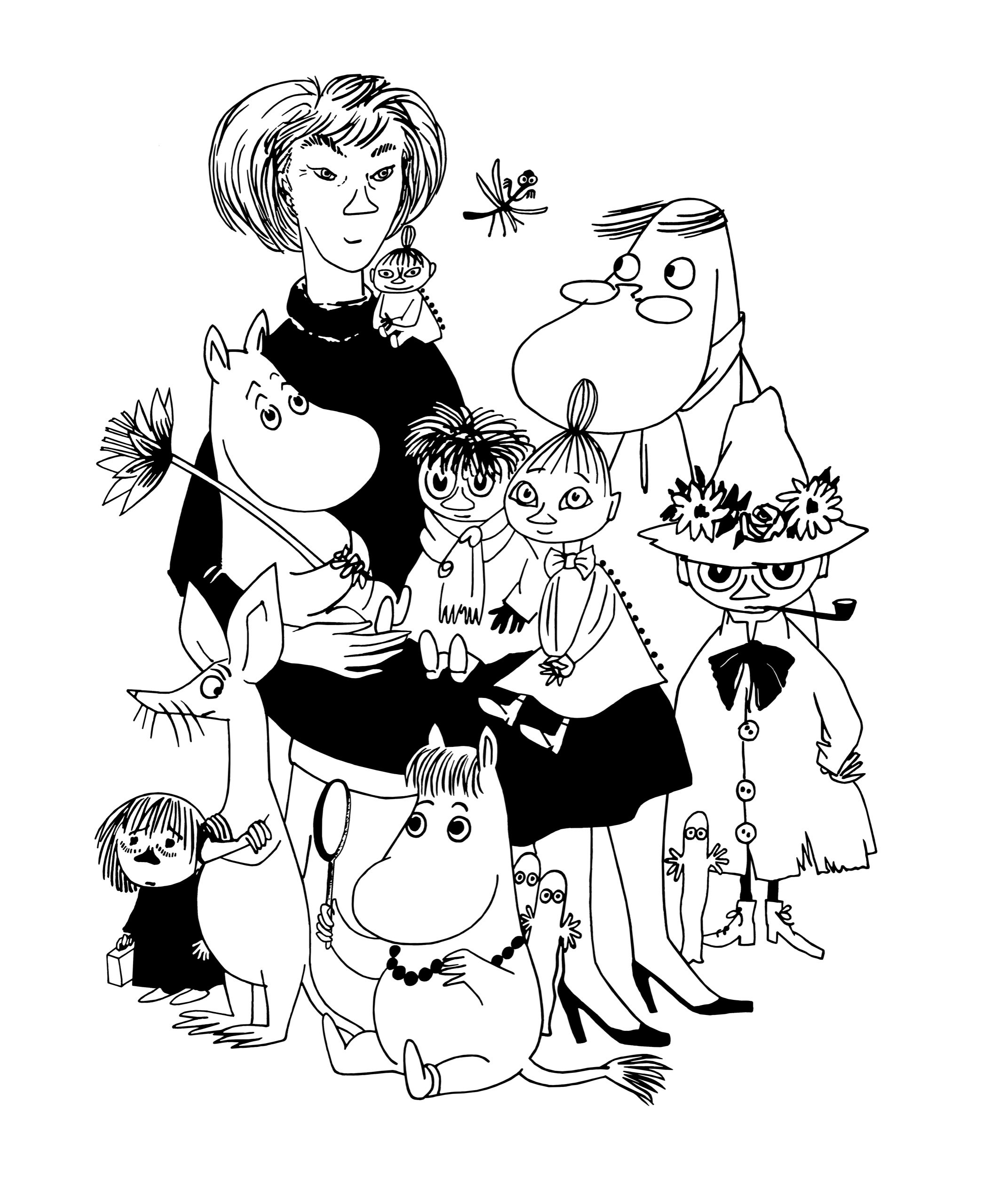
Tove Jansson Discovered Solace and Inspiration Through Play

**Tove Jansson’s Legacy: A Blend of Escapism, Art, and the Profound Importance of Play**
The playful yet thought-provoking worlds created by Finnish artist and author Tove Jansson have captivated generations, bridging the gap between childhood innocence and adult reflection. Far beyond her globally beloved Moomins, Jansson crafted a diverse body of work that wrestles with themes of hope, escapism, and resilience in the face of conflict. The current exhibition at the Helsinki Art Museum, *Tove Jansson: Paradise*, delves into these aspects, specifically highlighting her public art commissions from the 1940s and 1950s, a time when her creative output was informed by the experiences of war and its aftermath.
### Art as Refuge Amidst Chaos
Jansson first introduced the Moomins in her 1945 novel, *The Moomins and the Great Flood*. Set against the grim backdrop of the Second World War, the book tells the story of a family navigating a dark and dangerous flood to reach the serenity of an idyllic valley. Many interpret the flood as an allegory for the horrors of war, with Moominvalley offering a vision of peace and renewal. These themes of survival, optimism, and sanctuary resonate powerfully in the context of Jansson’s personal experiences during the war years, particularly as an outspoken pacifist and someone deeply affected by the global unrest.
Jansson’s anti-war sentiments are especially evident in two striking yet understated works on display: small watercolors that capture her impressions of 1930s Germany. One depicts a menacing city dominated by shadowy figures and a swastika flag, symbolizing the growing oppression of the Nazi regime. The other shows a foreboding urban landscape with dark, oppressive buildings, where a crowd gathers around a small point of light. This imagery teeters between foreboding and hope, reflecting a world in conflict—and Jansson’s determination to escape into imagination and creativity as both therapy and necessity.
### Public Art as a Postwar Reprieve
Following the end of the war, Jansson found inspiration in the post-conflict rebuilding efforts in Finland. Government-sponsored art commissions provided opportunities for artists, allowing her to transition from wartime hardship to financial and creative stability. These works reflect her unique take on “paradise,” a vision blending escapist joy with acknowledgment of life’s inherent challenges.
Included in the exhibition are studies and preparatory sketches for several murals Jansson created for public spaces, including schools and kindergartens. These murals often incorporated Moomin characters, providing familiar, comforting touchstones while drawing viewers into an imaginative world. Notable among these is “Fairytale Panorama,” created in 1949 for a kindergarten. The work brims with enchanting details—princesses, fantastical creatures, and magical landscapes. However, as with much of Jansson’s oeuvre, the whimsy is tinged with subtle darkness: bats hover, lightning strikes in the distance, and cats prowl. This duality is central to Jansson’s art, which offers an acknowledgment of fear and hardship while celebrating resilience and joy.
### Self-Expression Through Murals and Frescoes
Jansson’s murals often served as vehicles for personal storytelling and emotional exploration. For instance, *Party in the City* (1947) includes a self-portrait of Jansson staring directly at the viewer, her back turned to her then-lover, Swedish theater director Vivica Bandler. This deeply personal breakup is contrasted by a playful depiction of a small Moomin figure on the table beside her, symbolizing a retreat into fantasy. Similarly, in *Party in the Countryside* (1947), Jansson populates the mural with lively scenes from her imagination while layering in intimate glimpses of her life.
A recent discovery of full-scale preparatory drawings for these murals further enriches the exhibition. These detailed, shadowy charcoal drawings, some of which bear an unintentional resemblance to her earlier depictions of war-torn cities, highlight her meticulous planning and the careful balance she struck between realism and magical realism.
### Navigating Ethical Complexities in Paradise
While *Tove Jansson: Paradise* celebrates the artist’s imaginative excursions, contemporary audiences may find some of her works challenging to interpret. A mural commissioned by a rubber company depicts workers on a plantation with an idealized, harmonious tone that feels discordant when viewed through the lens of postcolonial critique. Similarly, earlier paintings of tropical islands, inspired by Gauguin, reflect mid-century notions of exoticism, revealing the tensions between commercial necessity and evolving cultural sensitivities.
Still, these moments of discomfort underscore Jansson’s willingness to engage with new forms and subjects, even if they don’t entirely align with present-day perspectives. Ultimately, her career—spanning children’s literature, comic strips, murals, and fine art—stands out as an exploration of the transformative power of